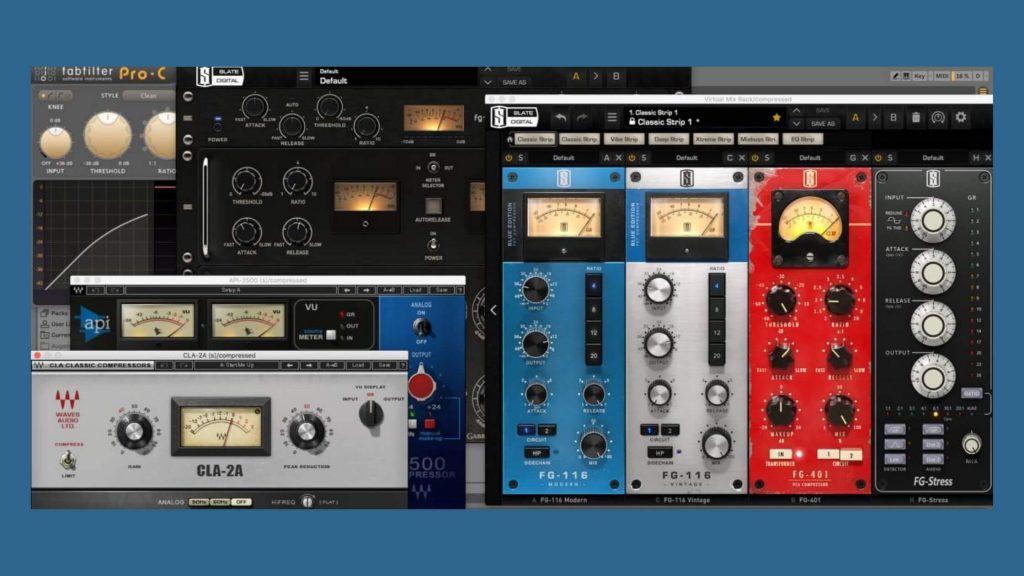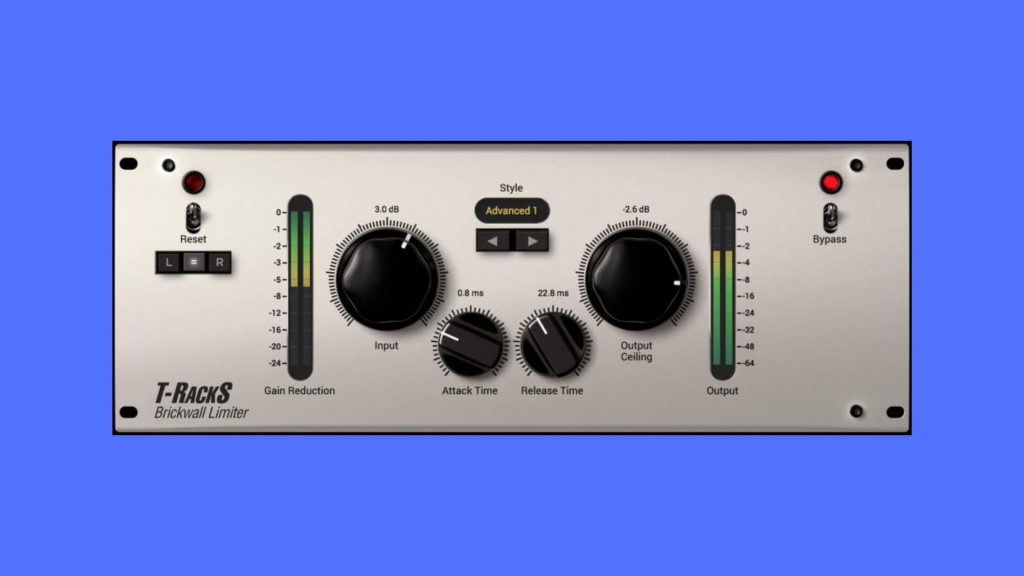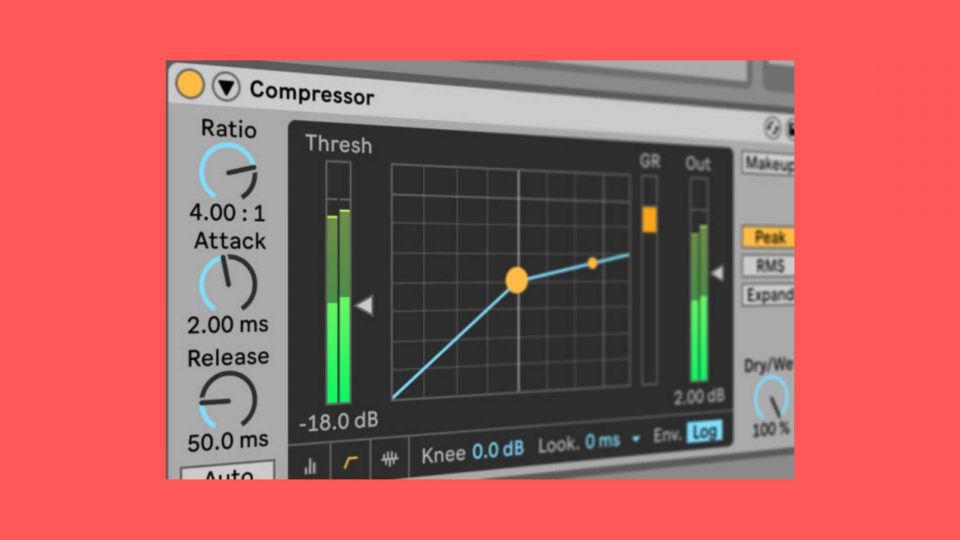Explain Compression: 5 Types of Compression and When to Use Them
Music Production: Compression Overload
Welcome back to our journey through compression. We’ve discussed how compressors work, so now we should talk bout the different compression processes that can achieve both useful and creative results. We’re answering questions such as how to do parallel compression, what is sidechain compression, and, finally, what does serial compression do?
Let’s go!
Explain Compression
How Do Compressors Work?
What is Compression Used For?
What are the Different Types of Compressors?
Top 5 Compressor Plugins to Help You Control Dynamics
How Does Parallel Compression Work?
What is Parallel Compression?
Parallel compression uses two channels of the same audio signal. One gets compressed while one is left uncompressed. You then blend the two signals, where the uncompressed signal is usually the dominant one. The compressed signal is compressed hard and sits “under” the uncompressed signal.
What is Parallel Compression Used For?
Parallel compression is used to keep all of the dynamics of the sound source but also add more volume, power & depth. This makes parallel compression fantastic to use on drums, vocals and mid-bass! But use this method on anything. Honestly, play around and find out what you can get out of any of your audio channels.
Your compressed track should feature a lot of compression (6dB or more), with a very fast attack for even transience. This will preserve whatever natural characteristics your drums have, whilst adding machine-like power to them.
To really bring that power to the front of the stage, add a cheeky little 5-10dB EQ boost in the low and high end of your compressed track. If you want to bring powerful drums to your listener, this is your golden ticket.

How Does Serial Compression Work?
What is Serial Compression?
Serial compression uses one audio signal with a series of compressors feeding into one after the other.
Let’s use vocals as an example. You may have a vocal bus with a compressor that travels into a mix bus with a compressor, and then a master bus with another compressor. However, another method of serial compression would be to feature multiple compressors on one mixer channel for a specific effect.
What is Serial Compression Used For?
If you’re using serial compression, you need a strategy. I’m talking about using compressors that are doing different things. Variations in ratio, attack and release, threshold…. all of it! Don’t forget to use different compressors too!
One compressor can be used to reduce volume with a high ratio, but then use a slow ratio compressor. Or, of course, vice versa! There are a lot of opportunities for dynamic range control with serial compression, and experimentation is the only way to find the best tones and dynamics.
If you have a live instrument track that has dynamics such as impact and attack that are all over the place due to a sloppy player, don’t fear. Serial compression will allow you to add punch and even dynamics.
How Does Sidechain Compression Work?
What is Sidechain Compression?
Sidechain compression uses one audio signal that features a compressor, but that compressor is triggered by a different mixer track – not the track it is on. This means the volume of one audio signal will be dipped automatically by a second source, so the first source can be heard clearly.
What is Sidechain Compression Used For?
Sidechain compression can be used for highlighting kick drums so that they aren’t swallowed by your bass. You can also use it creatively. If you used a Mixxed drum loop but wanted to feature a one-shot snare on every third snare hit, you can sidechain the one-shot to the loop. This means the loops’ volume will dip for the duration of the one-shot snare (attack and release dependant) and come back up when the one-shot snare is finished playing.
How Does Multiband Compression Work?
What is Multiband Compression?
Multiband compression is used to dissect an audio signal and affect multiple frequency ranges inside the sound.
If you have a kick drum that’s got too much high end, almost sounding like a click, simply open up a multiband compressor and reduce the dynamic range of the high end. This will maintain the punch of the kick drum, whilst reducing the unwanted high end sound.
What is Multiband Compression Used For?
Typically, multiband compression is used on a mixer or master bus to clean up messy low ends or nasty high ends. It’s also used frequently on vocal tracks to reduce harsh frequencies in the 5-10k range.

How Does Limiting Work?
What is Limiting?
Limiting is the method of setting the threshold that you don’t want your audio to breach, and the compressor won’t let the audio signal go beyond that threshold.
What is Limiting Used For?
You can use limiting on individual tracks or your final mix down (before mastering), as well as on your master bus. Limiting allows you to shape the tone of a track or tame transience that are unwanted.
Before you jump in with limiting, we highly recommend that you learn to mix down effectively before using a limiter.
